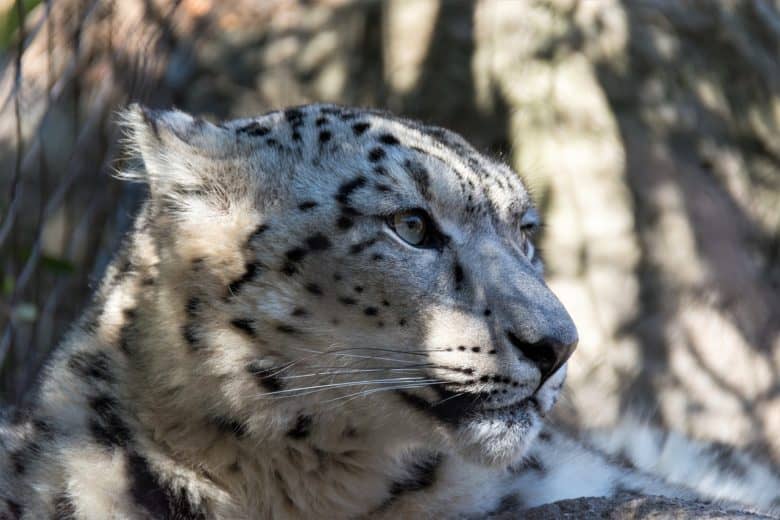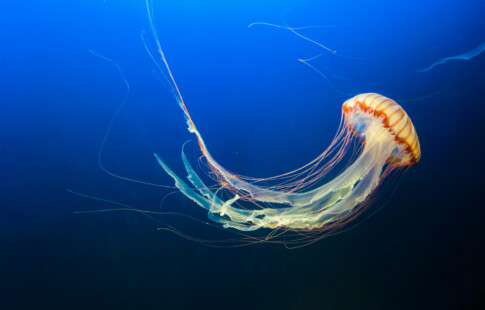
Have We Lost Two-Thirds of Our Endangered Species by 2020?
We are reader-supported. When you buy through links on our site, we may earn affiliate commission.
Our world changes every day in subtle and life-altering ways. Animal extinction manages to be both at once. It happens so gradually that it remains unknown to many people until a headline about another extinct species draws their attention. And though the process feels slow, each organism we lose has earth-shattering repercussions. A World Wildlife Fund report from 2016 stated we’d lose two-thirds of our endangered species by 2020. They reported a 58% decrease in wildlife populations between 1970 and 2012, with a prediction of 67% by 2020. Though environmental groups and legislators are continuously making gradual moves to protect endangered animals, we’re increasingly closer to reaching the two-thirds prediction.
Fighting an Ongoing Battle
Humans have caused much of the current extinction our planet has encountered. Although industrialization brought us into a new age of technology, it also carried harmful fossil fuels and commercialized agricultural processes. Monocultures and agrochemicals destroy soil fertility and biodiversity, while gasoline- and diesel-fueled vehicles release tons of carbon dioxide into the air. To lawmakers and businesspeople, industrial success is a higher priority than passing regulations to defend workers’ rights or animal welfare.
The Endangered Species Act exists to protect creatures that are hanging onto their last threads of hope for survival. Yet the Trump administration has thrown a wrench in conservation initiatives by allowing regulators to decide which animals are economically feasible to save. Which animals deserve to live, and how much money can industries make if they do? This action poses deeper implications about putting a price on life.
The current extinction rate is anywhere from 1,000 to 10,000 times higher than what’s normal, meaning our wildlife is disappearing quicker than we realize. This planet is vast and houses creatures researchers have yet to imagine, but we may never know these animals if human activity causes their deaths. For every species we haven’t yet discovered, there are more on the brink of fading away.
The Affected Species
As human interference wears on, many scientists have dubbed the current geological epoch “Anthropocene.” The effects of habitat loss, pollution and more mark a period of nature that’s inextricably tied with the human presence. Numerous species suffer from plights caused by industrial destruction and global warming.
The ocean is a significant concern due to overfishing, rising acidity and plastic pollution. Hawksbill turtles, sea otters and blue whales are a few of many endangered marine species. Desires for exotic jewelry have led to people fishing and killing hawksbill turtles, while oil spills disrupt otters’ abilities to regulate their body temperatures. The WWF Living Planet report states freshwater populations have seen the most considerable decline, though terrestrial systems aren’t far behind. Tropical forests have suffered sweeping losses due to farmers cutting down trees for plantations, and grasslands lose their ecological balance from farmland conversion. Bird and butterfly populations have decreased significantly in recent years, along with African elephants and orangutans.
Efforts to Change the Tide
While the global picture doesn’t look so positive now, people are making concerted efforts to help change the tide. 2020 marks a new decade and a turning point in conservation and protection. The next 10 years are a blank slate, which is why more people must understand how their actions can cause change. Anything can happen to send worldwide ecosystems spiraling downward or soaring high.
Wildlife groups monitor animals through GPS and satellite tracking, which lets them observe different species and see how their environments affect them. Tracking animals gives researchers information on how to guard endangered species against natural and human-made threats. Activists have held rallies and protests to share their feedback about the inaction for the planet’s inhabitants. And even when reproducing in the wild isn’t possible, captive breeding programs let animals repopulate in safe enclosures.
Scientists are also looking into technologies like cloning to help them revive dying species. Reproductive cloning isn’t a brand-new concept, but many scientists don’t practice it. Ethical concerns always come to the forefront with such experiments. Will the animal have the same quality of life as its non-cloned peers? How do hereditary diseases or contagious illnesses affect the process? Animal cloning experiments require dozens of embryos, and the organisms usually have health problems once they’re born. And even if scientists began to create perfectly cloned creatures, there’s no guarantee these beings would survive in the wilderness. This solution isn’t foolproof, but it’s one option researchers have for sustaining threatened species. In the meantime, everyday people can do their part by supporting organizations dedicated to animal preservation.
Saving Wildlife While We Still Can
Time is running out for many animals, but the clock shouldn’t stop without people giving their best efforts to halt extinction. Humans created many of the issues endangered species have undergone in 2020, and it’s up to us to fix it. Failing ecosystems don’t only harm animals — they also disrupt the human lives relying on them.
Share on
Like what you read? Join other Environment.co readers!
Get the latest updates on our planet by subscribing to the Environment.co newsletter!
About the author

Jane Marsh
Starting from an early age, Jane Marsh loved all animals and became a budding environmentalist. Now, Jane works as the Editor-in-Chief of Environment.co where she covers topics related to climate policy, renewable energy, the food industry, and more.





